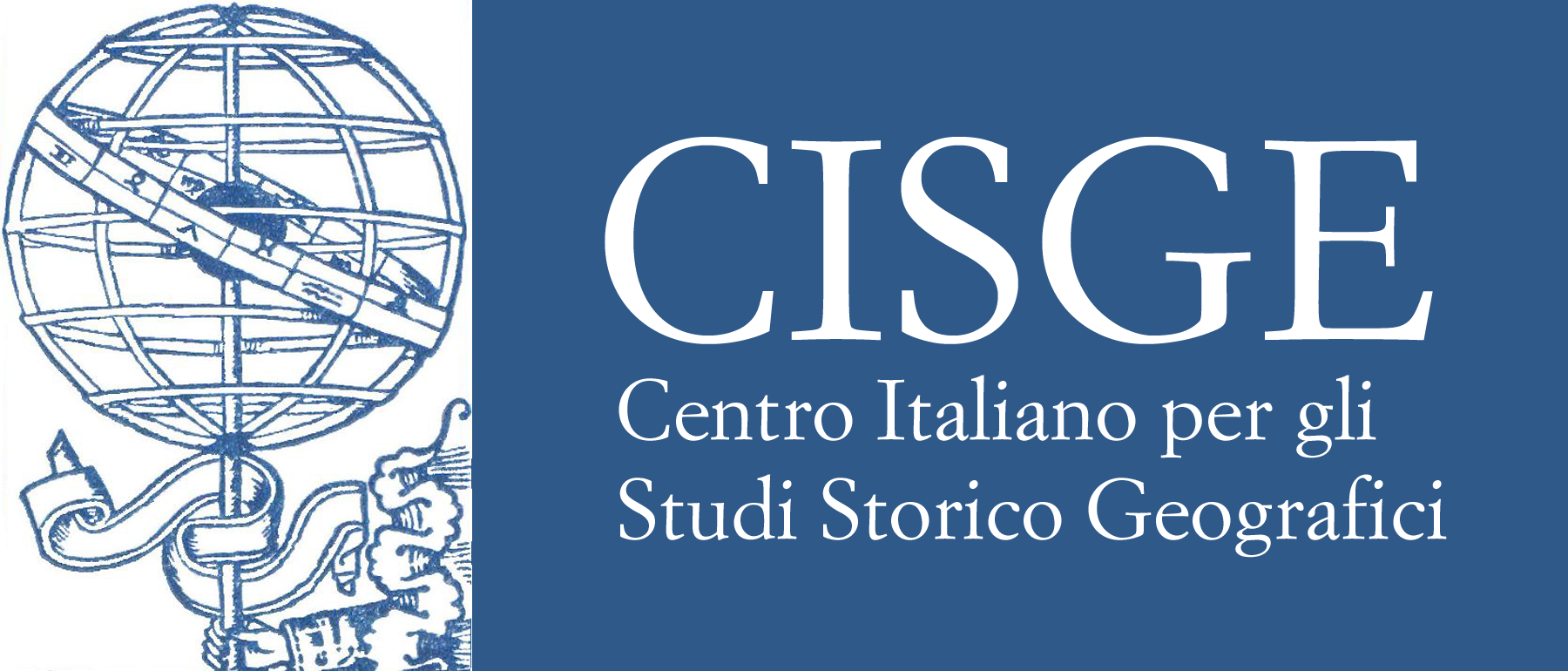Le stazioni ferroviarie di Roma. 150 anni di spazialità funzionale
Abstract
The railway stations of Rome: 150 years of functional use of space – Railway stations in towns are centers of communications (comunicatio facit civitatem) that can be used with an adjective: political (etymologically from povliı), commercial, humanitarian, etc., also according to their location (central, suburban), urban transport system, density of inhabitans. Generally, stations need space for parking lots, warehouses, loading sidings, dead-end tracks, etc.; synthetically, they are a geographic fact that can change the urban landscape. Rome has about 50 stations; three are terminal: Termini (the main and central), Porta San Paolo (Roma-Lido) and Piazzale Flaminio (Roma-Viterbo). The others are transit stations; the most important is Tiburtina (oriental area), recently amplified and modernized for “high speed” trains. Some are examined historically, with particular regard for those which are more important and central, for example Termini (built in 1867, modernized in 1950 and 2000), Trastevere (in the beginning more central and terminal), Ostiense (going back to the Thirties of the last century). The others are considered and subdivided according to destinations and their geographical position.
Les gares de Rome: 150 années d’espaces fonctionnels – Les gares dans les villes sont des centres de communication (comunicatio facit civitatem) qui de temps en temps peut avoir plusieurs significations: communication politique (dans le sens éthymologique du terme povliı), commercial, humanitaire, etc., égalment en lien à leur localisation (centrale ou périphérique), au réseau des transports urbains, à la densité des habitants. Généralement dans une gare il faut prévoir des espaces supplémentaires (parking, lieux de stockage, quais réservés aux marchandises et composition des trains). En définitive c’est un “fait” géographique qui transforme le paysage de la ville. A Rome il y a plus de 50 gares, dont 3 sont stations “de tête”: Termini (la principale), Porta San Paolo (Roma-Lido), Piazzale Flaminio (Roma-Viterbo). Les autres sont des stations de transit; parmi les quelles la plus importante est celle de Tiburtina, tout récemment agrandie et modernisée pour les trains à “grande vitesse”. L’essai étudie quelques gares et leur évolution dans le temps, par exemple Termini (construite en 1867, restaurée en 1950 et en 2000), Ostiense (qui remonte dans sa structure actuelle aux années Trente du siècle passé), Trastevere (à l’origine plus centrale et gare “de tête”) et prend en compte l’ensemble de toutes les autres, les subdivisant par lignes de destinations et grandes répartissions géographiques.



